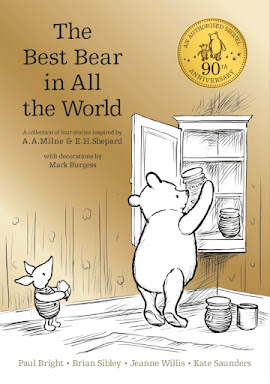My recent post on the naming of Jiminy Cricket has prompted me to write about what is, pretty much, my all-time favourite Disney film...
...which is why I was so delighted, back in 2009, to get the opportunity to officially enthuse for the
No Strings Attached, 'Making of...' feature on the 70
th Anniversary DVD release of the film. And, indeed, here I am, caught on a screen-grab, in mid-gab...

I recently watched
Pinocchio again (although, over the years, I must have seen it close on sixty times) and having now seen it yet one more time – in that last sparkling restoration filled with the richest colours and deepest shadows – I'm even more certain that this film is not just one of the great masterpieces of animation but also a great movie in any genre.
I first saw
Pinocchio from the front row of the circle in the
Odeon,
Bromley, Kent, sometime in the early ‘sixties, when it was already on its
umpty-
umpth re-release. So entranced was I that I went back to see it again and again - and
again!This, of course, was in the days of 'continuous performances' which meant that I was able to watch
Pinocchio no fewer than
eight times in one week!
Teaching myself to write in the dark, I filled an entire notebook with minute observations about the animation, the structure of the storytelling, the set-pieces and effects and the incredible richness of detailing such as
Geppetto's incredible array of carved clocks
(above) that create an intense - almost claustrophobic - atmosphere of fantastical reality that swallows up the viewer as surely as
Monstro the Whale has swallowed up
Geppetto's boat.

The painting
above (and the one below), by the Swedish artist, Gustav
Tenggren, are two of many pieces of inspirational art which helped create the ornately sumptuous styling of the film that is, essentially, a European picture book come to life.
 Pinocchio
Pinocchio was released in 1940, just two years after Disney's first animated feature,
Snow White and the Seven Dwarfs, and the picture undoubtedly benefited not just from all the lessons learned in animating
Snow White, but also from the fact that the huge financial success of that debut outing made it possible for serious money to be spent on developing the studio's second feature. The refinement of craft and increased expenditure can be seen in almost every sequence of
Pinocchio.
Nevertheless, he two films could scarcely be more different: the first has freshness, exuberance and a
naïve innocence that no Disney feature would ever re-capture; the second is more a more mature and studied piece of film-making, bolder and braver in breaking with the sweet formula of the fairy tale and in creating a cast of characters, a number of whom have an ambiguous morality.
Like the book, the film is a picaresque tale in which Pinocchio's journey (similar in didactic tone to that of Christian in John Bunyan's
The Pilgrim's Progress) is fraught with disturbing encounters, difficult choices and painful self-discoveries.

Then there is the tone and look of the film. Despite the occasional scary moments
Snow White and the Seven Dwarfs is essentially a light, airy film, whereas
Pinocchio is dark and sombre…
It runs for just under an hour and a half and yet less than 15 minutes of that time takes place in daylight: the rest is made up of sinister night sequences and scenes shot underwater and within the gloomy, vaulted, cathedral-like interior of the whale.

There are scenes of menace and sheer out-and-out terror: Pinocchio cowering in a cage as Stromboli the puppet-master tells him that he will make a lot of money and when he is no longer any good he will make excellent firewood - a warning which he demonstrates by hurling a hatchet into the body of a lifeless puppet lying in a basket of wood...

Or, again, the scene in the dingy, smoky interior of the Red Lobster Inn where the Coachman reveals his scheme for abducting naughty little boys and taking them to Pleasure Island, his fat, flabby face transforming into a leering demon that terrifies even the crooked Honest John.

Above all, there is the shocking moment when the tough-kid,
Lampwick, begins to transform into a donkey: running amok in the pool hall, kicking over chairs and tables and smashing mirrors with his newly-developed hooves.

True, at the end of the film there is a happy ending for Pinocchio, but not for
Lampwick or for the other donkey-boys who have been crated up and sent to the salt mines.
A number of sequences carry a terrible sense of desolation: the ruins of Pleasure Island after the boys have reeked havoc and destruction; and the dusty interior of
Geppetto’s deserted workshop after he has gone off to look for his missing boy.
Magically, the film juggles the terrifying with the funny, the harsh with the sentimental. And the forces of malevolence, whilst being an ever-present threat, are always counterpointed by the constancy of
Geppetto and the loyalty of the temperamental but big-hearted
Jiminy Cricket, who begins the film as a storyteller but then steps into the story itself not just as Pinocchio's conscience but also as the audience's guide and companion.

When
Geppetto wishes on the Wishing Star that Pinocchio might become a real boy,
Jiminy observes: “A really lovely thought but not all practical…” And when the Blue Fairy does, indeed, endow the puppet with life, he says with genuine astonishment, “What they can’t do these days!”
The
Jiminy device (unique to the film since – as I mentioned in my last post – Carlo
Collodi, originally had Pinocchio flatten the Talking Cricket with one of
Geppetto's mallets!) gives immediacy to the tale so that it appears to be a first hand recollection, a true story that
really happened.

We ought to wonder about the oddness of it all - a sharp-talking, street-wise, American commentator who looks hardly anything like a real cricket and basically
is only a cricket because we are
told that he's a cricket. But we accept it entirely at face value despite the fact that this spunky little insect-man is providing a commentary on a story that unfolds in a quaint, old-fashioned European world that is less like
Collodi's Italy than somewhere on the borders of Switzerland and Germany.

The use of the
Multiplane camera, that had been employed only sparingly in
Snow White, gives
Pinocchio great depth as can be seen in the opening pan across the moonlit rooftops and the spectacularly elaborate sequence of the hustle and bustle of the village coming awake to the sound of the school bell: the camera moves among the knotted jumble of streets and squares to reveal children running, laughing and playing at the pump; a mother giving a child's face a final scrub; an old man smoking his pipe; a baker going on his rounds; a goose girl driving her geese...

The animators also made skillful use of visual perspectives as in the shot filmed from
Jiminy’s point of view as the camera - along with the cricket - literally
hops towards the lighted window of
Geppetto's workshop.
As for the special effects, they proliferate and are stunning: fire, smoke, lightning and rain; the Blue Fairy's magic wand; the distorted view of Pinocchio through Cleo’s goldfish bowl;
Jiminy floating down on his umbrella reflected on the convex surface of
Monstro’s eyeball; and the extraordinary sea scenes: the waves, wind and foam, the uproar of surf churned up by the enraged
Monstro and the picturesque underwater landscape filled with reflections, bubbles and swirling shoals of fish...
 Pinocchio
Pinocchio is a
tour de force of economic storytelling: compressing the many exploits in
Collodi’s book into a single, compelling narrative, told in part through the music and songs that help delineate character and advance the plot: the fraudulent Honest John's 'Hi-diddly-
dee, an Actor's Life for Me'; Pinocchio's 'There Are No Strings On Me', an ironic song of freedom sung just before his imprisonment by Stromboli; and
Jiminy Cricket's 'Give a Little Whistle' and the opening and closing ballad, 'When You Wish Upon a Star' (movingly rendered by
Jiminy's voice, Cliff Edwards) which became - and remains - the anthem of the Disney studio.

At the end of the film, Pinocchio the puppet becomes a real boy and whilst he is nowhere near as appealing as he was as Geppetto's "little wooden-head", the old woodcarver, along with Figaro and Cleo, seems very happy about the transformation.
I, too, am content, since every time I watch
Pinocchio, I am transported back to the front row of the circle in the Odeon, Bromley, and also become (albeit briefly) a real boy once more...

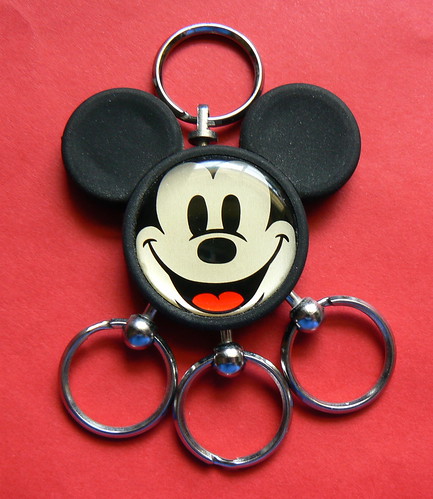
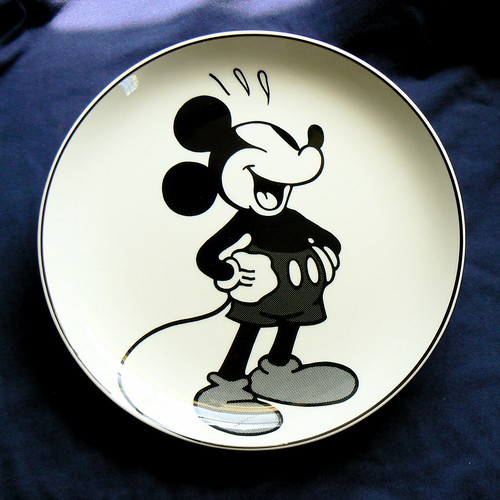
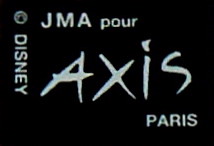


















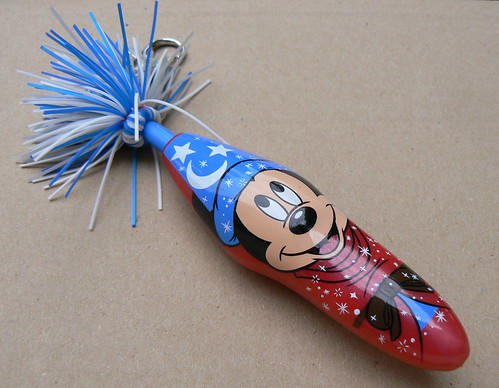


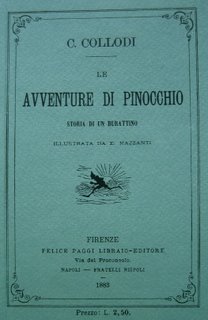

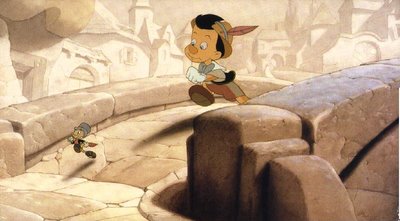
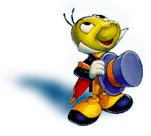



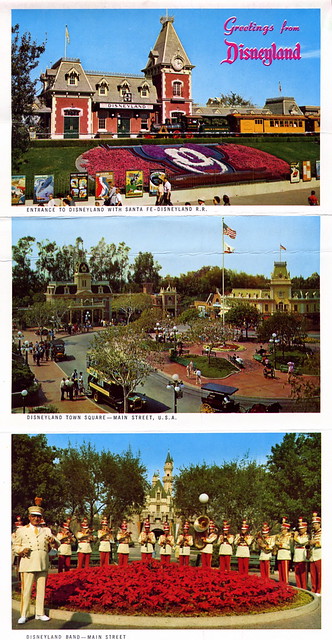
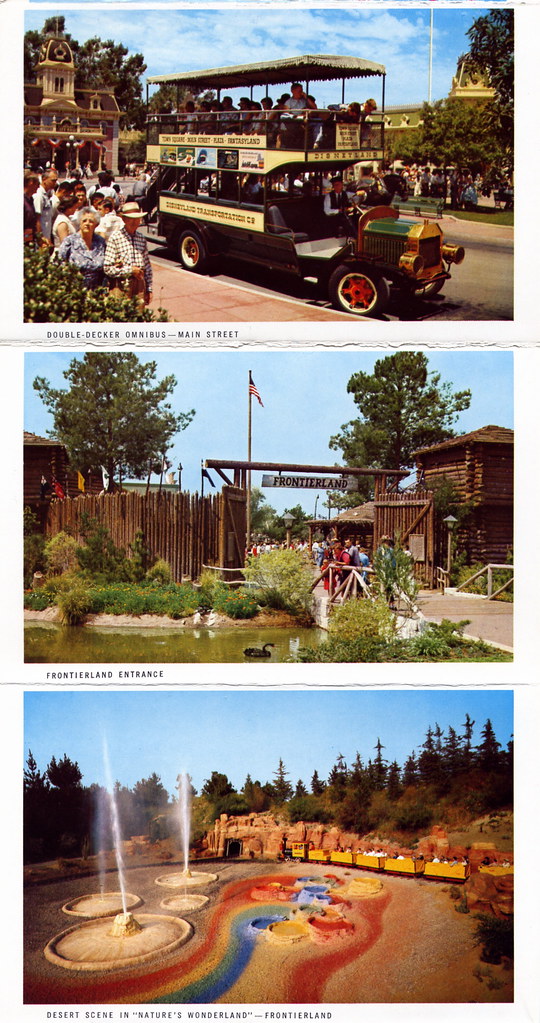
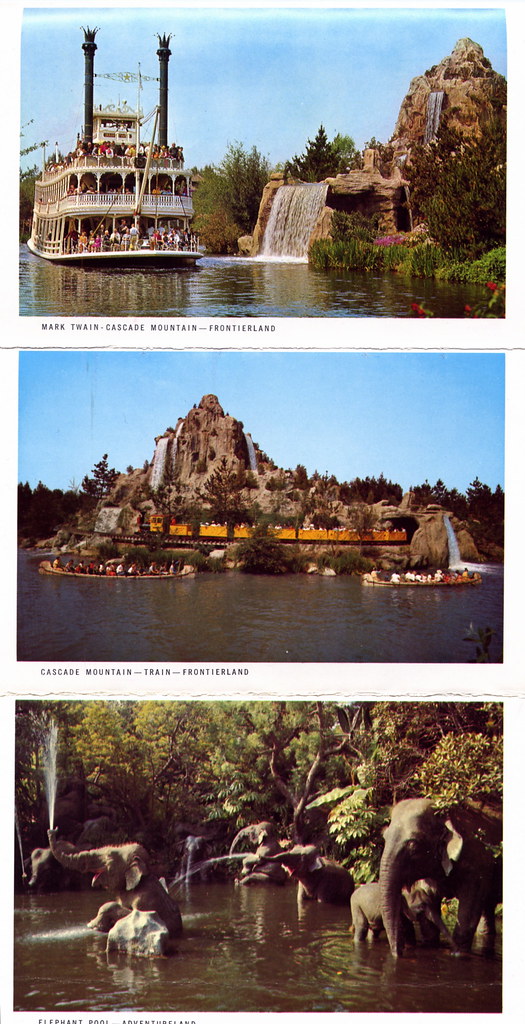

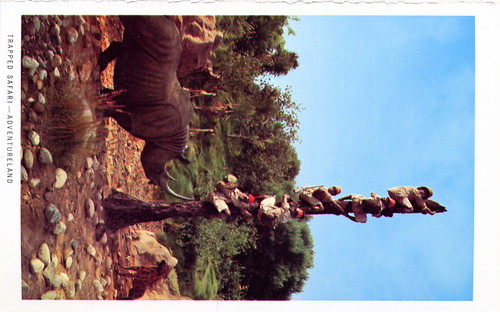
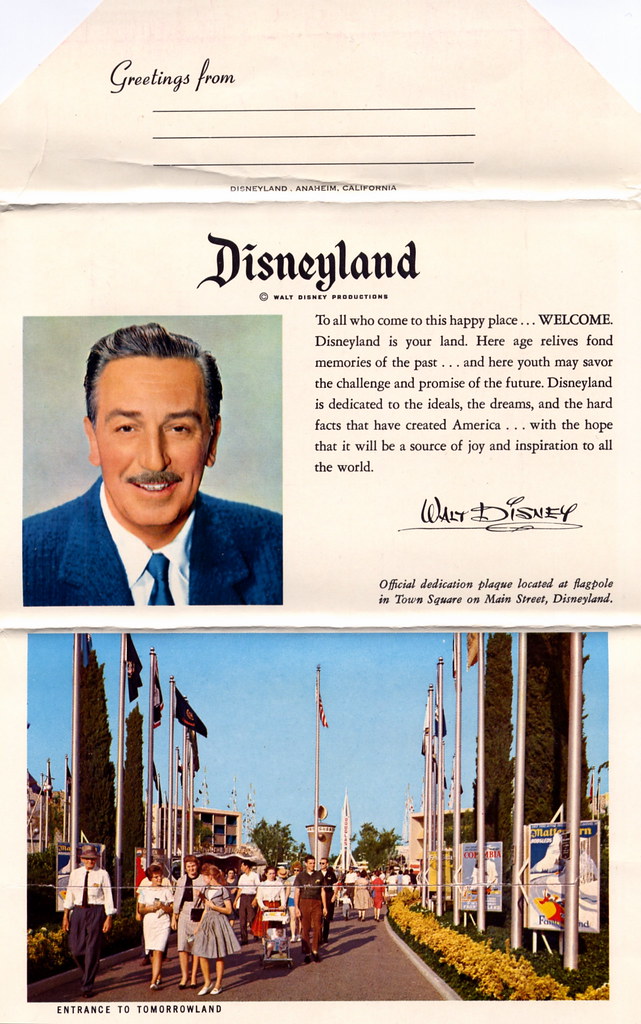
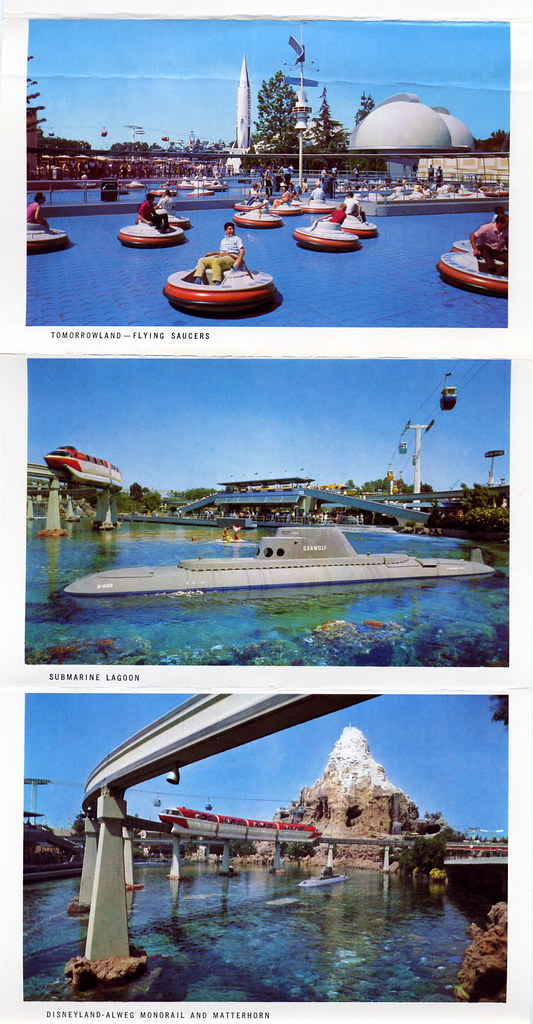
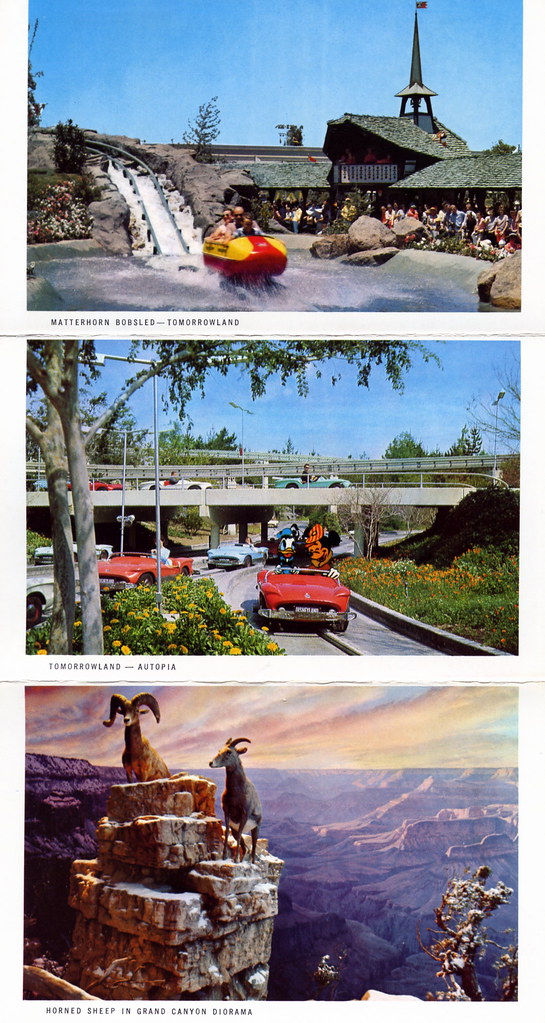
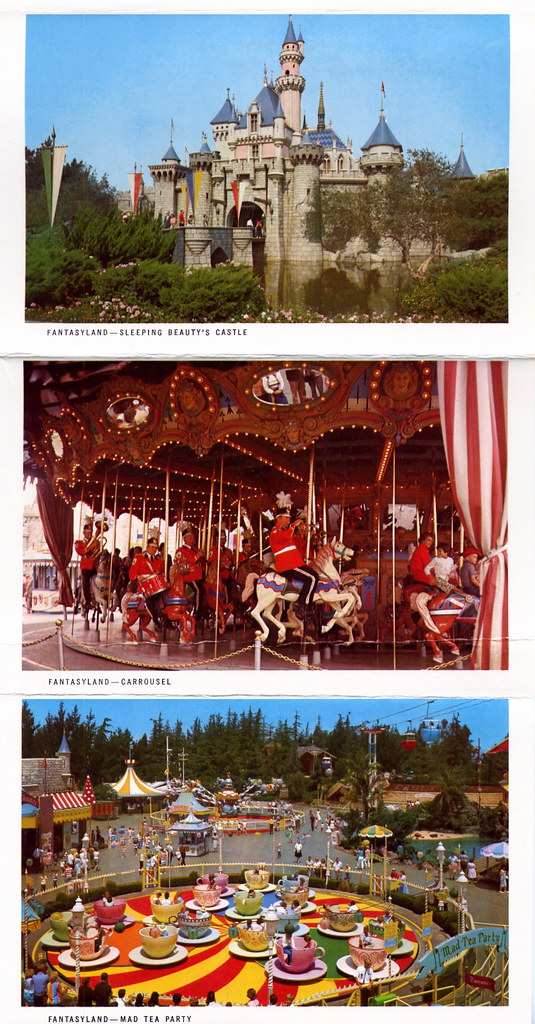
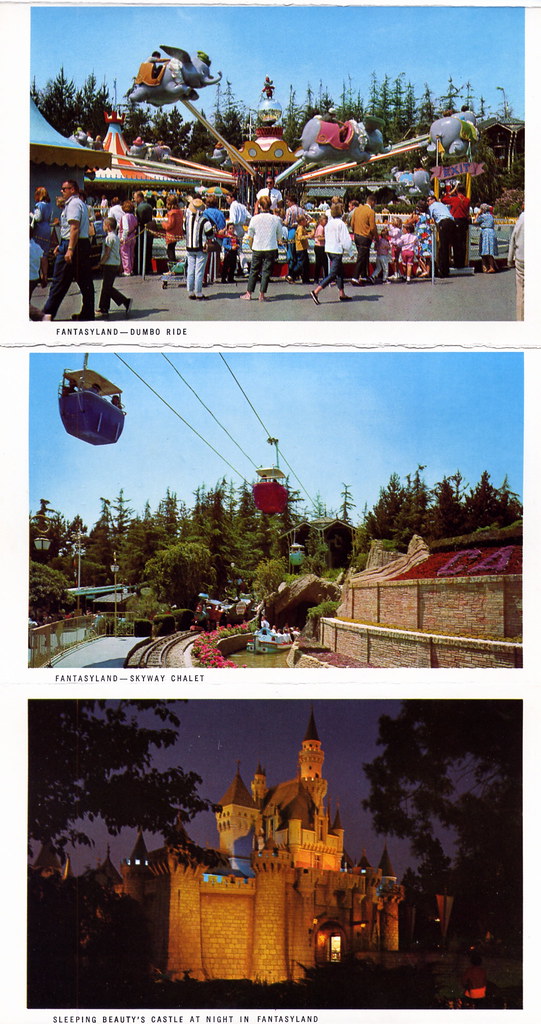



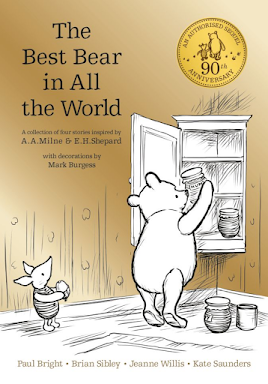











.jpg)


















